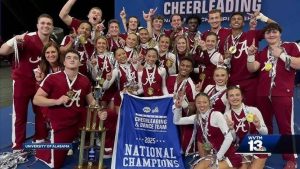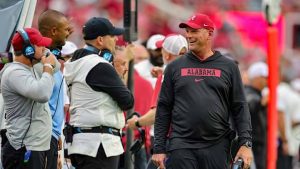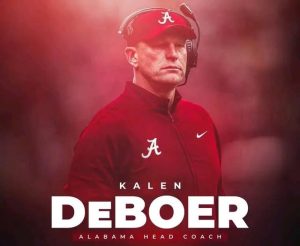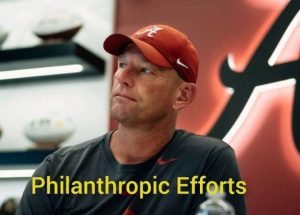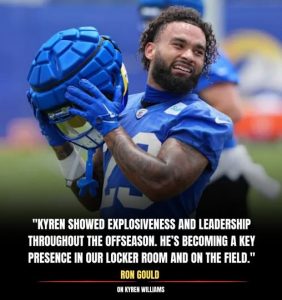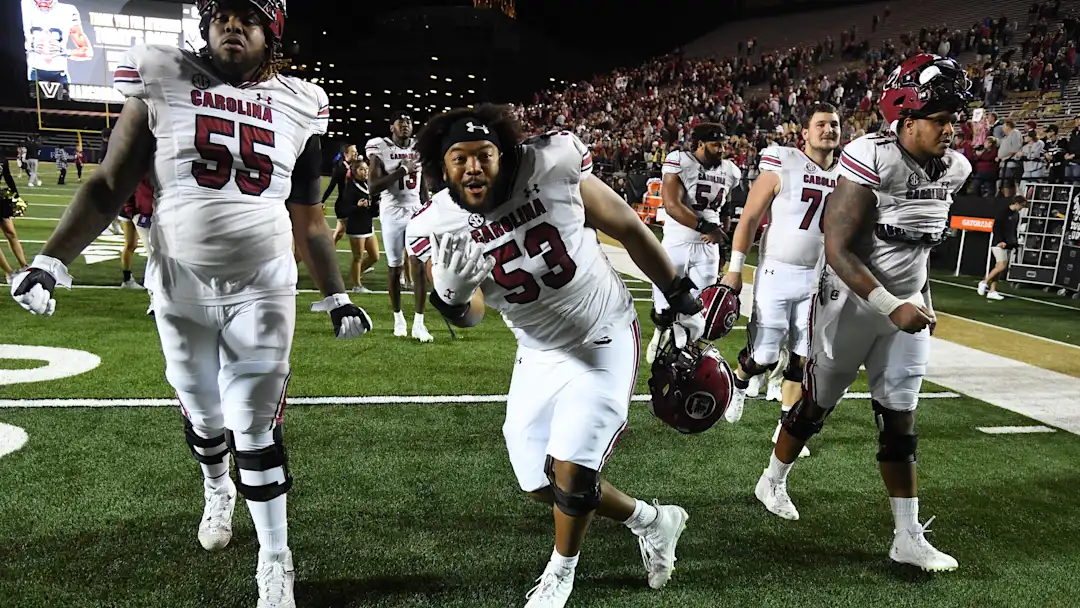
The ever-evolving landscape of college football added another twist in Columbia this week, as one of South Carolina’s key offensive linemen officially entered the NCAA transfer portal. In a move that sent ripples through the Gamecocks’ program and across the Southeastern Conference, the departure signals both a personal transition for the player and a pivotal moment for Shane Beamer’s offensive unit heading into the summer.
The announcement came with minimal fanfare—just a short social media post confirming that the veteran lineman would be exploring other opportunities. But for those inside the program, the weight of the decision is substantial. This isn’t just about a single player transferring—it’s about chemistry, depth, leadership, and the broader challenges of retaining talent in today’s college football ecosystem.
Over the past two seasons, this lineman had become a staple of the Gamecocks’ offensive front. Whether anchoring the line in pass protection or clearing paths in the run game, he embodied the grit and toughness that South Carolina has tried to make its trademark. He brought experience, physicality, and a high football IQ—traits not easily replaced. For younger linemen in the locker room, he was more than just a teammate; he was a mentor, a tone-setter, and an example of what it meant to play SEC football in the trenches.
His journey to this point had already been full of twists and turns. A former three-star recruit with offers from multiple Power Five schools, he chose South Carolina because he believed in the coaching staff’s vision and wanted to test himself against the best defensive fronts in the country. He worked his way up from the scout team to a starting role, slowly earning respect from coaches, teammates, and opponents alike. Along the way, he battled through injuries, played multiple positions on the line, and became known for his consistency and effort.
What makes his decision to transfer even more surprising is that he was expected to be a leader on the offensive line in the upcoming season. With several seniors graduating and younger players still developing, his return was seen as a stabilizing force. He knew the system, had built trust with the quarterback, and understood the nuances of SEC-level competition. But like so many other players in the current era, his decision was ultimately shaped by a combination of personal goals, potential playing time, and the growing influence of Name, Image, and Likeness (NIL) opportunities.
Sources close to the situation suggest that the decision was not made lightly. There had been discussions with coaches, family, and even teammates. But in the end, the lure of a fresh start and possibly a more prominent role elsewhere proved too strong to ignore. The portal offers a second chance, and for a player who believes he still has more to show, the move makes sense—even if it stings for those he’s leaving behind.
South Carolina now finds itself in a difficult spot. Offensive line depth is never something a coaching staff takes for granted, especially in the brutal grind of SEC play. Losing a veteran presence this late in the calendar complicates preparation. Spring practices have already concluded, and fall camp is only a few months away. That means the Gamecocks will either have to fast-track a younger player, reconfigure their current rotation, or explore the transfer portal themselves in hopes of landing a capable replacement.
Coach Beamer and offensive line coach Lonnie Teasley now face the challenge of reestablishing continuity up front. Building an offensive line is never just about talent—it’s about cohesion, timing, and trust. Every offensive scheme, every audible, and every protection call starts with the guys in the trenches. When a key piece exits, the domino effect can impact everything from quarterback comfort to the effectiveness of the run game.
It’s also a reminder of the reality programs face in the NIL era. Players have more leverage than ever before, and while that’s an overwhelmingly positive step for college athletics, it does create constant flux within rosters. Coaches must now not only recruit new players but also continuously recruit their own. Retention has become just as critical as signing day victories.
That said, this is not the end of the road for South Carolina’s offensive line. Far from it. The program has invested heavily in developing talent in the trenches, and several promising young linemen have flashed potential during spring ball. The departure opens the door for someone else to step up, to seize the opportunity and make their own name. That’s the nature of college football—change is inevitable, but growth is always possible.
For fans, the loss may be frustrating, especially given how much optimism surrounds the offense heading into the new season. With a talented backfield, improving quarterback play, and explosive weapons at receiver, the offensive line was supposed to be the glue holding it all together. And in many ways, it still can be. But the margin for error has certainly narrowed.
The departing lineman, for his part, leaves with gratitude. In his farewell statement, he thanked the coaching staff, his teammates, and the fans who supported him through thick and thin. He spoke about the brotherhood built in the locker room and how South Carolina shaped him not just as a football player, but as a man. There was no bitterness—only appreciation and a desire to finish his college career strong, wherever that may be.
As for where he ends up, several programs have already expressed interest. Power Five schools in need of veteran linemen are expected to be aggressive, and the transfer portal gives him the flexibility to evaluate both football opportunities and NIL possibilities. Wherever he lands, he brings with him a wealth of experience, a competitive edge, and the toughness that defined his time in Columbia.
This departure also raises larger questions about South Carolina’s roster stability moving forward. How many more dominoes could fall? Will others follow him into the portal? Or will his exit galvanize the locker room, pushing others to step up and fill the void? These are the questions that linger, and only time will provide the answers.
What is certain, however, is that South Carolina’s coaching staff is prepared for the challenge. Shane Beamer has consistently emphasized culture, adaptability, and player-first development. He understands the dynamics at play, and he’s not one to dwell on losses. Instead, he and his staff are already focused on identifying the next man up and ensuring the team is prepared to compete at the highest level.
In many ways, this moment is a test for the program. Not just on the field, but off it. It’s a test of depth, resilience, and the ability to navigate the new normal of college football. Transfers happen. They’re part of the game. What matters most is how programs respond.
The fans will no doubt continue to rally behind the team. South Carolina’s supporters are among the most passionate in the country, and while they may be disappointed to see a key player leave, they also understand the nature of today’s game. They know the Gamecocks have built something worth believing in, and one player’s exit won’t change that.
The coming weeks will be critical. The staff will monitor the portal, evaluate current options, and make any necessary adjustments. And as fall camp approaches, the focus will shift to execution, development, and making sure the offensive line remains a strength—not a liability.
In the end, the story of this transfer isn’t just about who left. It’s about what’s next. For the player, it’s a new opportunity. For South Carolina, it’s a chance to respond, reload, and reassert its identity. And for college football as a whole, it’s another chapter in an ongoing saga of change, mobility, and the pursuit of excellence.
One player departs. Another steps in. The grind doesn’t stop.
